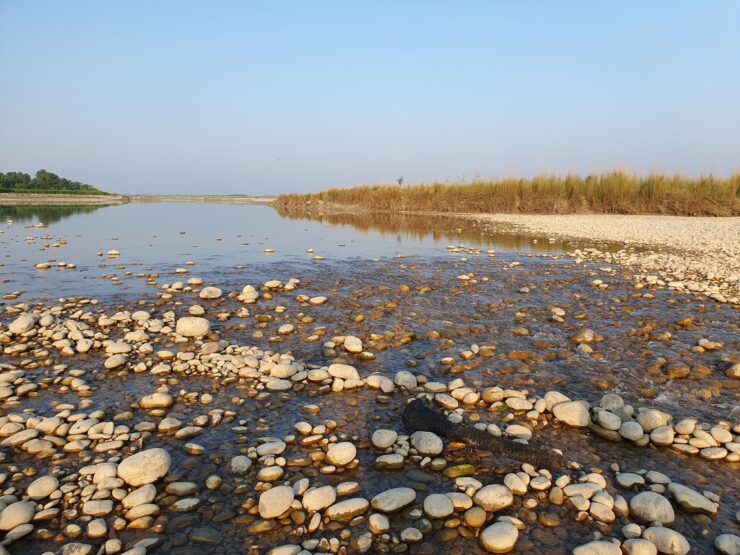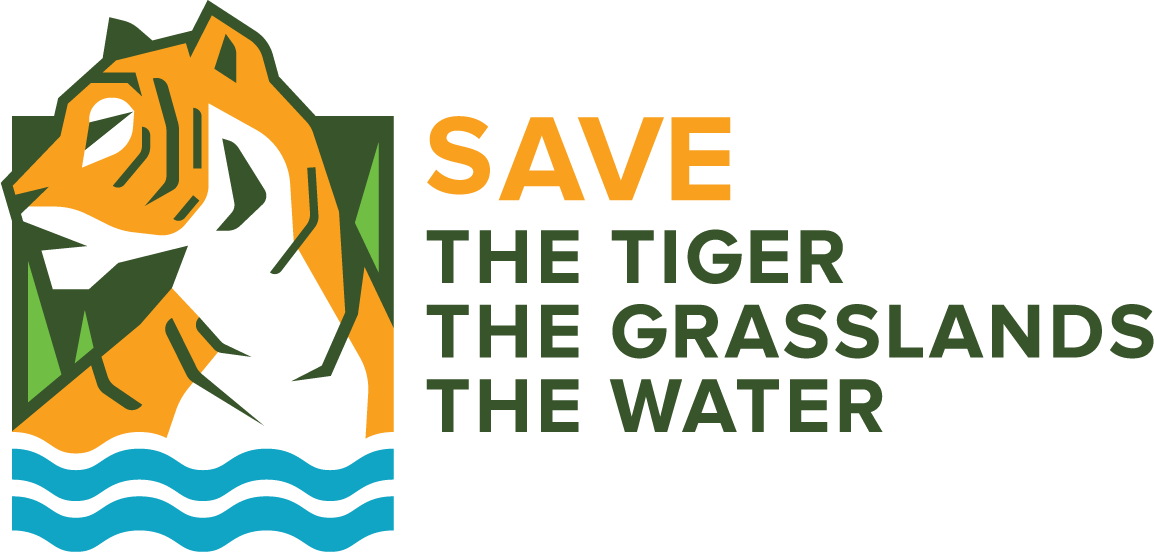Kshitiz Gautam
WP 4: Morphodynamics of the Karnali River and erosion of vegetated floodplains
Namaste! I am Kshitiz Gautam. I am a PhD candidate in Department of Hydraulic Engineering at Faculty of Civil Engineering and Geosciences at Delft University of Technology, Netherlands. My research interest lies in connecting the science and engineering of river resources for the benefit of nature and society . As my past projects, I have studied eco-geomorphological changes in Koshi river in Nepal, involved in studying the e-flow in Gandaki river in Nepal. I was also involved in developing an app, Morphology Monitor (MoMo), for monitoring the river morphology using satellite images. I have earned my MSc. in Water Science and Engineering with specialization Hydroinformatics. I also have a background in Civil Engineering (specializing in Hydropower Engineering).
The Himalayan rivers emerge out of the mountains into the flat lands of Nepal, India and Bhutan. This landscape is called Terai Arc Landscape (TAL), where these rivers release a large quantity of sediment forming fertile alluvial fans. Rivers in TAL are of vital importance both for wildlife and human society. Understanding the hydro-morphological behavior of these river is crucial for sustainability of the wildlife habitat and socio-economic activities in the region. With the increase in human activities in these river systems and under the changing climatic conditions, this urge to understand the system and its future under sustained anthropogenic activities has never been of higher priority than ever.
My research, focuses on understanding the hydro-morphodynamics of Terai Arc Landscape (TAL) rivers, especially the Karnali and the Koshi, in natural conditions, under anthropogenic actions and future climate and how these changes affect the wildlife habitat. From this research, we try to find answers to the questions:
- How do we characterize the natural hydro-morphodynamics of TAL rivers (particularly, Karnali and Koshi)?
- What effects do we observe on river flow regime, sediment connectivity and flood plain dynamics of TAL rivers as a consequence of anthropogenic interventions?
- What is the relative influence of natural variations and anthropogenic interventions on the Karnali’s two branches?
- And what could be the suitable hydro-morphodynamic conditions in the Karnali River for sustainability of tiger and prey habitat, and how can we ensure them?


